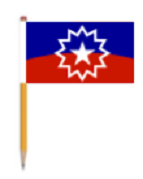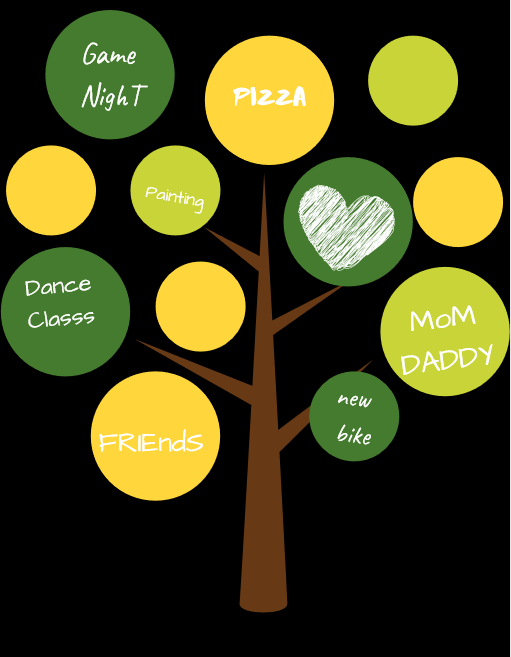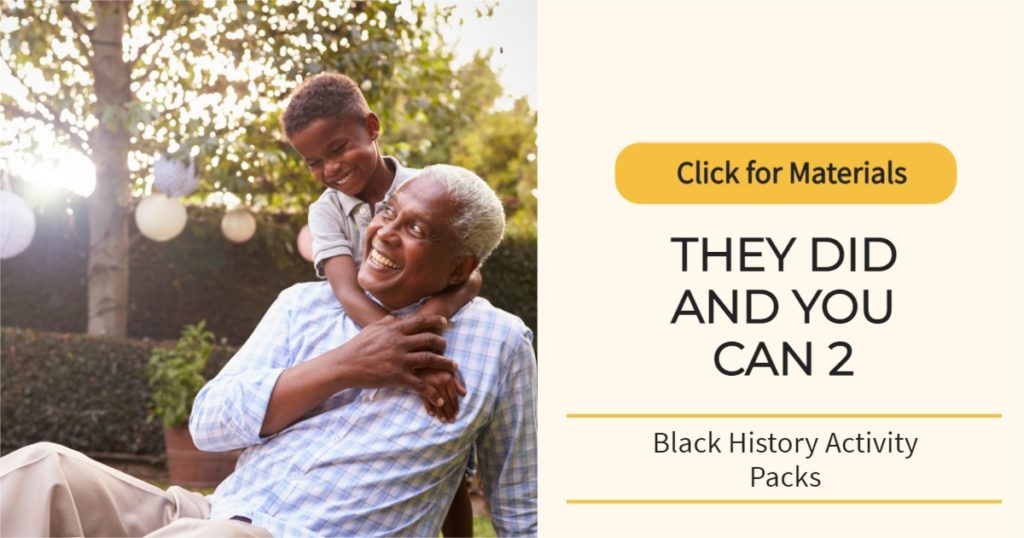With the recent spotlight on racial inequalities in America, the question has been raised whether kids should be taught about racial violence. As a Black Mom in America, I know the question is not ‘if’ but ‘when’ and ‘how’ without breaking their spirit. The key is by building a foundation before elementary school. Here are a few age-appropriate Juneteenth 2021 activities to shield their innocence while empowering young minds.
When my daughter turned five, she asked the dreaded question, “Where do babies come from?”
Somehow, we didn’t expect it. Two years before, my daughter, Ariel, saw the picture Auntie shot of us in the newly decorated nursery. It is a rare photo capturing my husband smiling ear to ear. I’m standing in front blocking almost his entire body with a huge exposed belly proudly on display. Not able to comprehend a world before her existence, my daughter asked why she wasn’t in the picture. We told her she was – inside Mommy’s huge belly.
She was satisfied; we were relieved.
The conversation was forgotten. So much so, that I had to correct her a few months before her little sister made her debut. “No, Mommy is not drinking too much chocolate milk. There is a baby growing inside.”
I admit. Momma was guzzling down a lot of almond chocolate milk. We could have allowed her to believe the new arrival was a chocolate milk miracle. But, my husband and I decided long ago to never lie to our kids. (Yup, that means no Santa Clause breaking in through our chimney.) We provided a simple fact her young mind accepted without a raised eyebrow.
Here it was two years later and her curious mind wanted more. Where do babies come from? Now, I’m all about keeping it real. But was this my cue to explicitly tell her the mechanics of S-E-X and the bloody details of childbirth?
Ummmm. NOOOoooo. She was barely five years old!
My husband and I are on a journey to raise happy, intelligent, confident children. Not scar them for life. Instead, we told her about the love between a Mommy and Daddy. That we loved each other so much we decided together to make our family bigger. We explained she is part of both of us.
She ran with it. My daughter was excited to discover that she was tall and lean like Daddy. She proudly explained that her skin was a mix of us both. In her words, not dark chocolate like Daddy or caramel like Mom but milk chocolate. She was intrigued that the beautiful dimples that appear on the side of her cheeks were just like Daddy’s when he smiles. The conversation turned out to be a bonding experience that helped her understand herself and the world around her in a positive light. It was wonderful to see in her mind that we were all kinds of delicious. In actuality, she was not concerned about where babies come from so much as who she is and her place in it all.
Age appropriate does not mean lying to our children with tales of storks dropping babies at our doorstep. The evidence of the truth is everywhere. We want our kids to know they can trust their instincts and rely on our advice. As parents, we do not leave questions about sex up to a school system or let a teenager with questionable intentions guide our children for their own gain. It means we gradually introduce and build a foundation, so they are confident and mentally equipped when the time comes for full disclosure.
Then there is the other big “S” looming for black parents in America.
S·L·A·V·E·R·Y
The inevitable conversation that steals innocence with the unexpected side effect of teaching a secondary position in our own country. It would be negligent to wait for the school system or uninformed peers to introduce the conversation.
At the same time, I am no more likely to casually bring up the horrors of slavery as I am to talk about sex and realities of childbirth to a five- year old.
Now, that doesn’t mean we don’t celebrate Mother’s Day and it shouldn’t mean we don’t celebrate Juneteenth. It just means giving our kids what is appropriate to build a confident capable mindset.
Juneteenth is an ideal time to introduce young minds to black history in an age appropriate way. I understand it can be challenging to navigate such a serious topic with 4-6 year olds. So, we have included some Juneteenth activities below to share with your young children.
What is Juneteenth?
Juneteenth is the oldest nationally celebrated commemoration of the ending of slavery in the United States. For older childen that are educated on slavery this is a perfectly good explanation. For the younger set, celebrate June 19th as Freedom Day. We can lead them in a discussion about freedom through activities that help them recognize the past, appreciate the present and take control of their futures.
Start by instilling pride in their heritage. Black Americans have long made great contributions to this country. With the idea of freedom in mind, introduce notable Americans who were able to be recognized for their talents because they were free.
Here are short animated videos to get you started:
Blacksmith, Charles Richard Patterson, was a former slave who escaped captivity in Virginia. He then settled in Ohio where he worked in various local horse-drawn carriage companies. He used his skills to eventually own a carriage company that evolved into a horseless carriage company and through his son and grandson, reinvented into a bus manufacturing company. Three generations of Patterson left their mark on American history. SEE KIDS VIDEO HERE
Texas cowboy, Robert Lemmons, gained his freedom at the end of the Civil War. No other cowboy equaled Lemmons in capturing mustangs. During his life, Robert Lemmons had amassed a 1,200 acres ranch and impressive holdings of horses and cattle. He was well known for helping neighbors during the Great Depression. SEE KIDS VIDEO HERE
Also introduce the “Father of Ice Cream,” Augustus Jackson and accomplishments of other free pre-civil war blacks. SEE KIDS VIDEO HERE
Next, get your Juneteenth 2022 celebration started with this short video for young viewers.
For a quick craft activity, make Freedom Day Flag pencils. All you need is to print the Juneteenth Flag Printable, scissors, and glue. Wave the flags at your local Juneteenth celebrations or the kids can put on their own Juneteenth parade right at home. 
Talk to your young ones about what freedom means. In kids’ terms, you can explain how freedom is the ability to be with the people we love, and do the things we want to do. Ask your child who is important in their lives. Find out their favorite foods, places to go and even personal items. Express to them that they are free to experience these life pleasures.
In the next activity, you can use your freedom discussion to create an appreciation tree. Cut out the free printable tree trunk and leaves (Printable 1, Printable 2, Printable 3, Printable 4). Write one thing they are grateful for on each leaf with a white marker, crayon or colored pencil. They can also draw pictures to express their thoughts. To assemble the tree, glue the parts to a large piece of  poster board or display on your refrigerator using magnetic tape. Display the artwork as a daily reminder of what we have to appreciate.
poster board or display on your refrigerator using magnetic tape. Display the artwork as a daily reminder of what we have to appreciate.
Lastly, round out the Juneteenth 2020 celebration with an eye to the future. Freedom means experiencing the future of our creation. One way to do this is to teach children about goal setting and achievement. Ask your kids what they would like to accomplish. A simple way is to ask them what they wish they could do. Agree on a doable goal, such as tying their own shoes. Then, create simple steps they can accomplish to reach those goals. Attached is a free I WISH Goal printable. Fill out the worksheet and check off each step as it is completed. Make certain the goal is attainable. When your child completes the final step, acknowledge their accomplishment. Make ice cream sundaes or do something special to celebrate their achievement. Not only will they learn a capable mindset, but they will also acquire the skills to reach small and larger goals in the future.
Recognize the past, celebrate the present, and create a bright future.
Happy Juneteenth!
Ready to experience black history through a new lens with nursery rhymes, songs and stories? We will show you how to introduce notable Black Americans to pre-k through 2nd graders year-round in an engaging and celebratory way. Find out how with our No More Trauma Black History Challenge. Click to learn more.


